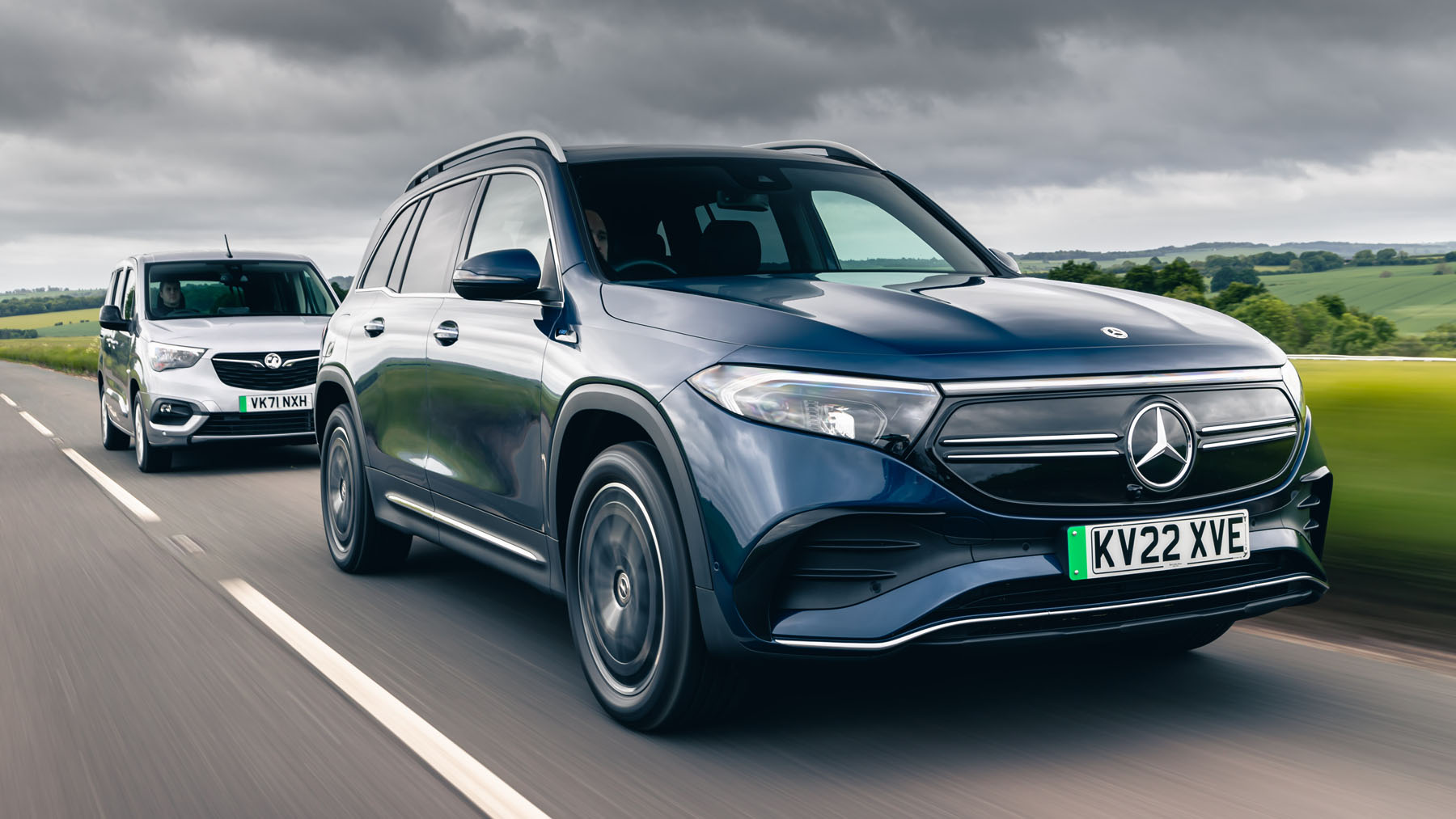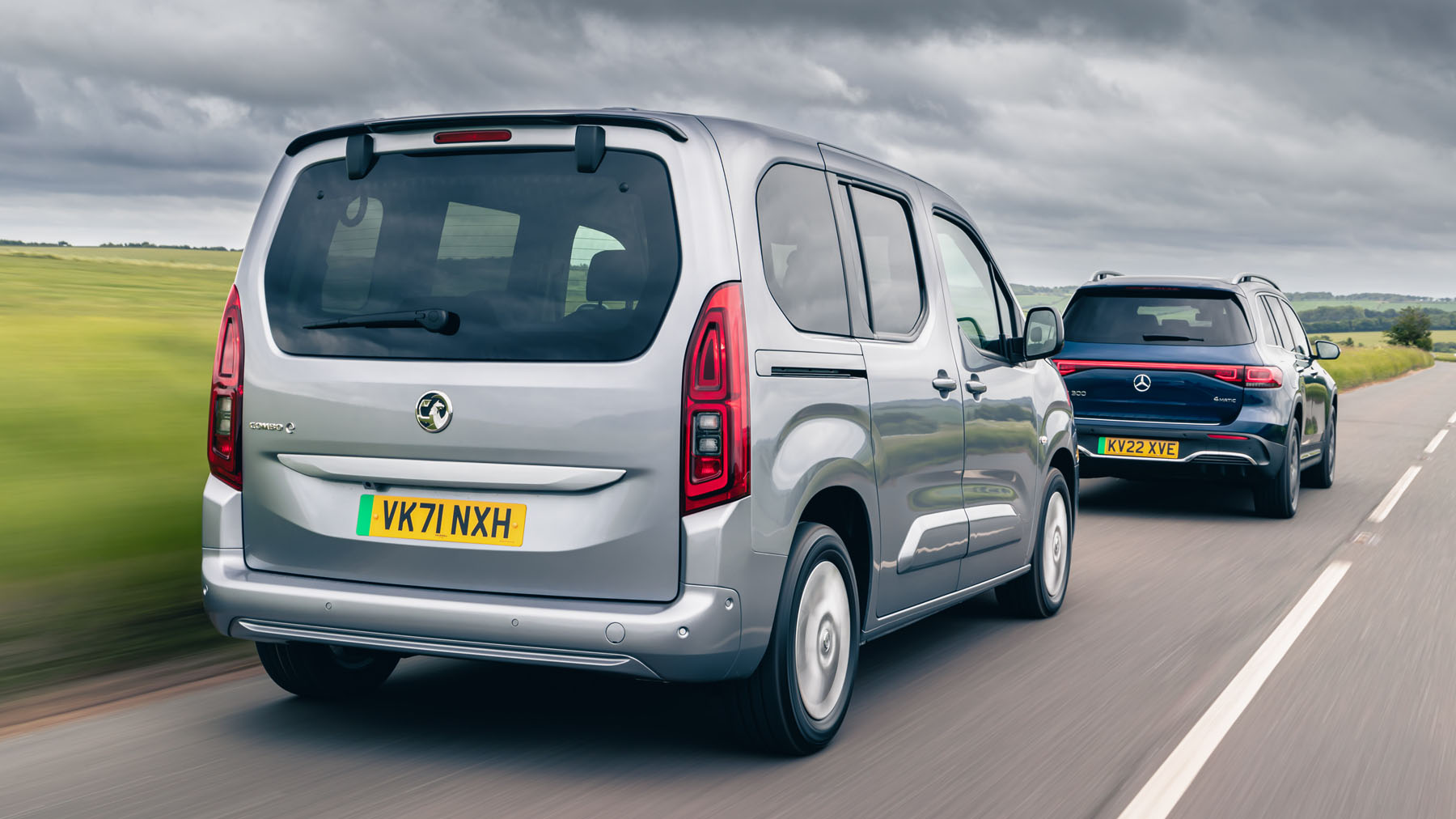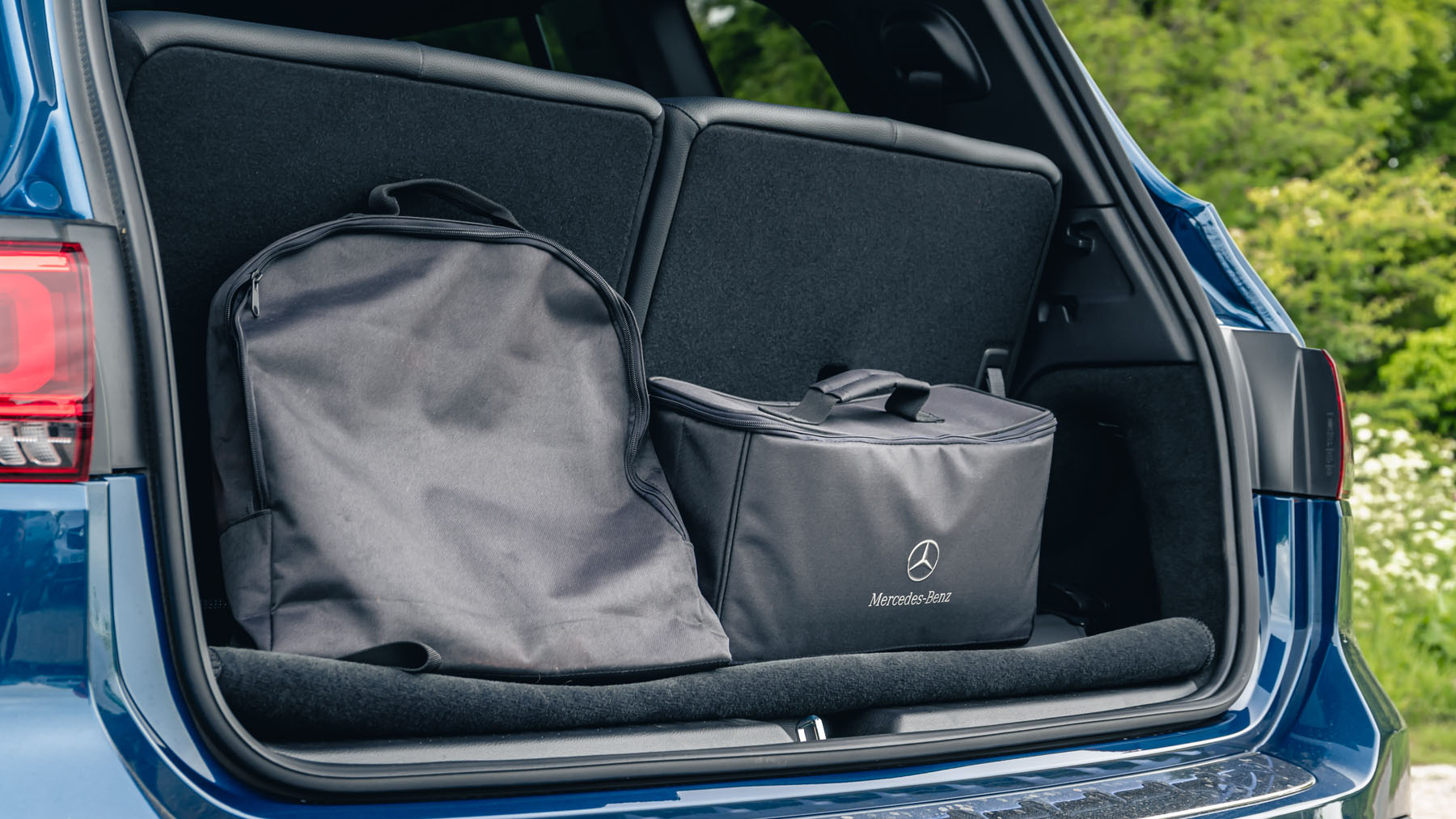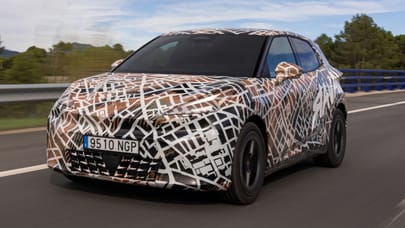
Seven-seat EV twin test: Merc EQB vs Vauxhall Combo Life Electric
Proper seven-seat electric cars are still thin on the ground. These two do it for way less than a Model X, but is the answer van or SUV?
Congratulations! If you’re reading this – the boxiest of all the twin tests – with great interest then you must have a real talent for reproduction. Perhaps you’ve even got twins of your own, hence the need for a proper seven-seater.
But what if you’re also interested in preserving the future of our planet for said twins? If that is the case, you’re probably thinking about going electric with your next car purchase. However, here’s where you hit a stumbling block. Up until recently your only real seven-seat option would have been to splash £100,000 on a Tesla Model X, complete with falcon wing doors and fart noises. You’re forgiven for not taking the plunge...
Images: Jonny Fleetwood
Even seven years after the Model X finally made it to market, there’s still a dearth of proper seven-seat family EVs. The two in those images above couldn’t be more different from each other, but they’ve both got four wheels, an electric motor (or two in the case of the Merc) and room for a driver plus six passengers, so here we are. They’re also both far more affordable than the Tesla, although only one could be described as cheap.
We’ll start with the Vauxhall. Since it was launched this has been known as the Combo-e Life, but Vauxhall recently switched up its naming strategy, so it’s now the Combo Life Electric. Nice and simple – you’ll sense a theme here. Underneath it’s the same van-based car as the Citroen e-Berlingo and the Peugeot e-Rifter, with all three under the Stellantis umbrella and all three now only offered in electric form in the UK.
For the Combo that means a single electric motor powers the front wheels with 134bhp and a healthy 192lb ft of torque, while a 50kWh battery is mounted under the floor and can be charged at speeds of up to 100kW. That means a 0–80 per cent top-up takes 30 minutes.
Of course you can have the Combo in five-seat form, but why would you when you’re sacrificing style in the name of practicality? It’ll cost you £600 to add the seven-seat option, or you can pay the same amount to upgrade to the taller, longer wheelbased XL version. The latter means you retain some bootspace even with all seven seats in place, but it’s the shorter one we’ve got here.
The Mercedes EQB, then. You’ll have noticed that it’s an SUV and it’s perhaps a tad more style conscious than the Vauxhall. We like the bulging bonnet, squared-off wheelarches and the little kink in the side windows. Front and rear lightbars for the full futuristic effect too.
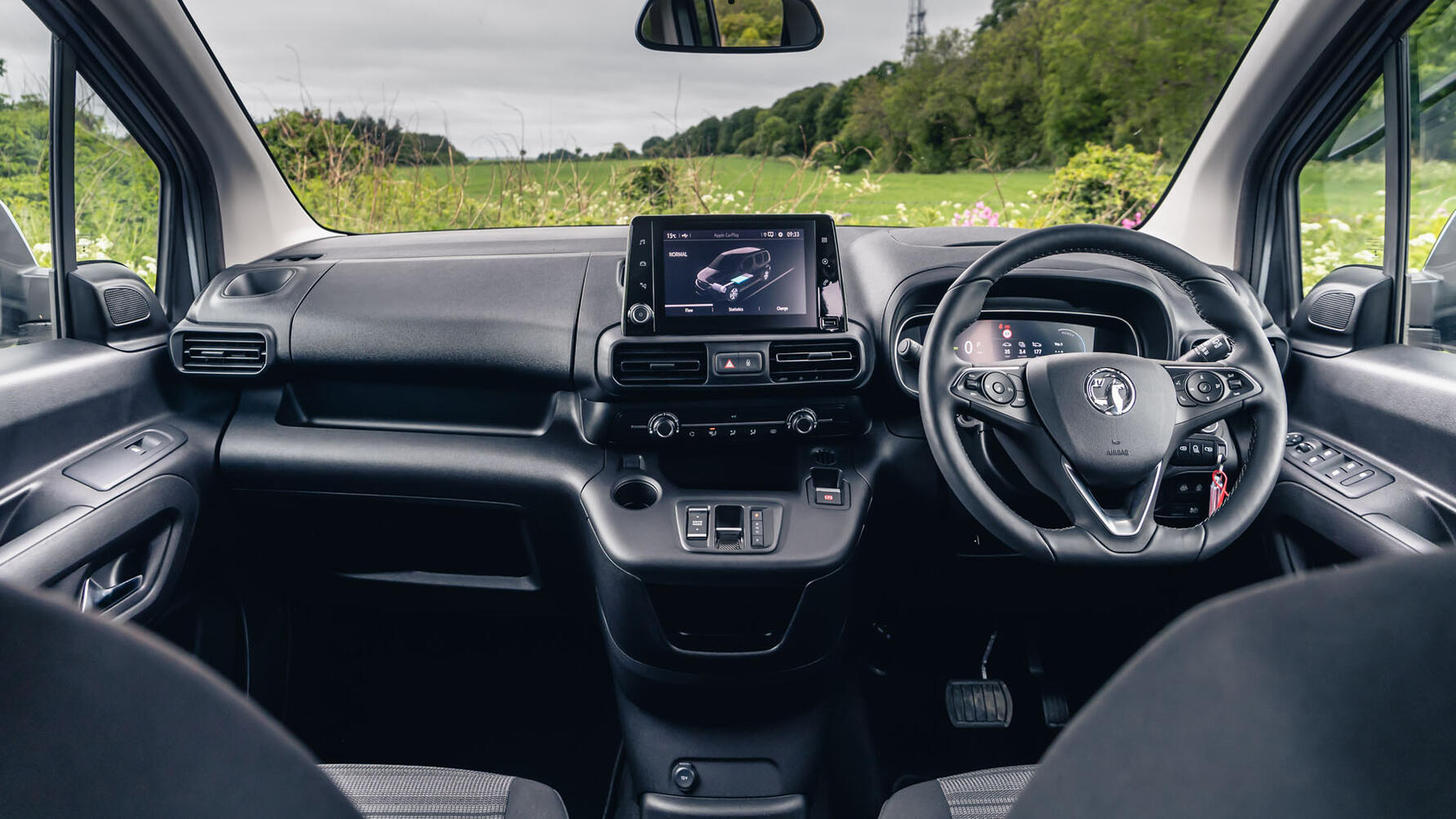
The EQB is a strict seven seater. If you only need five seats you’ve got its EQA or EQC siblings as options. There is one fundamental similarity between Mercedes’ and Vauxhall’s attempts to build an electric family car though, and that’s the fact that both of these are based on internal combustion car platforms that have been adapted to fit zero emission powertrains.
As alluded to earlier, the EQB gets two electric motors that power all four wheels with 225bhp in the EQB 300 you see here or 288bhp in the top spec EQB 350. It’s the Merc that wins the range battle too, with the 250 miles provided by its larger 66.5kWh battery bettering the Vauxhall’s 174. Worth noting though that the Mercedes has the same max charging speed of 100kW.
The Combo is well judged for family life and makes no misguided attempts at sportiness. The steering is extremely light without too much feel, the brake pedal is soft and the massive tyre sidewall on top of the 16-inch wheels means it’s reasonably comfortable too, although there is a bit of jiggle over harsher bumps. There’s a real ‘my first EV’ feeling to the way the Combo Electric goes about its business. There’s no bonkers acceleration that’ll scare you off the first time you floor it, and top speed is limited to 84mph so you don’t carve into your carefully protected range the first time you see a motorway. There are drive modes – Power, Normal and Eco – but the WLTP figure was validated in Normal, so you’ll likely just leave it in that and avoid the torque-sapping Eco mode. There’s a Brake mode on the central drive selector too, but the regen isn’t so strong that the kids will feel sick every time you lift off the accelerator.
The EQB on the other hand picks up speed at a remarkable pace. Merc quotes 0–62mph in 7.7secs, and progress is effortless with 273lb ft of torque available instantly. Shame it doesn’t steer or stop with as much confidence. It’s a clever car though, with an auto mode to the otherwise paddle-controlled regen braking that uses radar to sense if you need strong regen or the ability to coast when you come off the throttle. Learn to trust it and it’ll give you a better driving experience than sticking the EQB in Sport mode. That stiffens up the suspension and adds extra weight to the steering, but do you want that in a family car? The extra power does provoke you into less efficient driving too – on our test we got 3.0mpkWh from the Merc and 3.4 from the Combo.
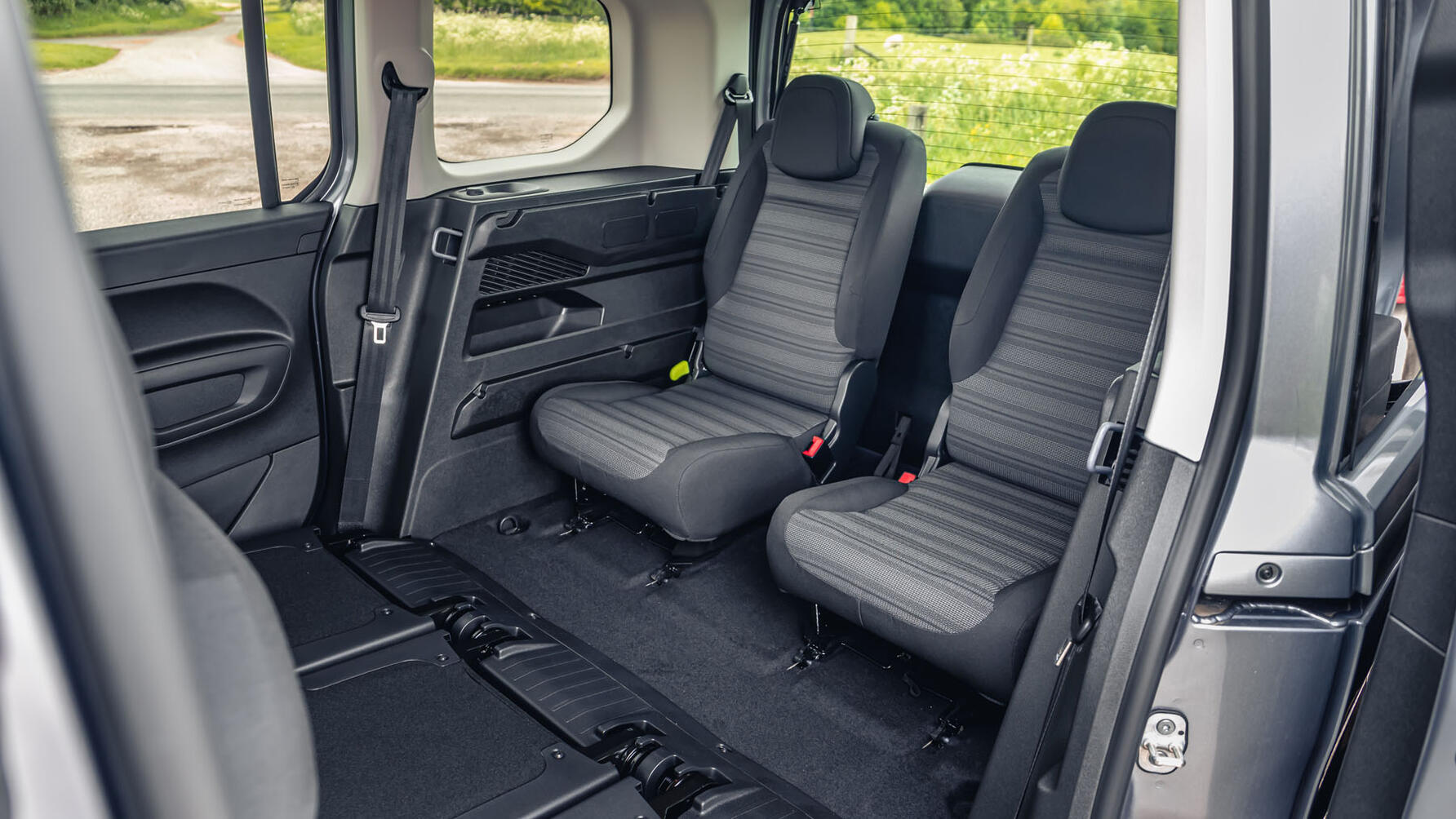
In top AMG Line Premium trim (which commands a £3,000 erm, premium, over the standard AMG Line car) the EQB is loaded with tech. In addition to the radar regen, you also get two 10-inch screens to make up the digital cockpit, with the satnav able to plan a best route with charging stops. There’s a 10-speaker sound system as standard too, as well as a panoramic roof, LED headlights and wireless phone charging with full connectivity.
Top Gear
Newsletter
Thank you for subscribing to our newsletter. Look out for your regular round-up of news, reviews and offers in your inbox.
Get all the latest news, reviews and exclusives, direct to your inbox.
That’s good news for tech-obsessed families, but then the Vauxhall is £20k cheaper and its interior trades on space. Whereas Mercedes reckons only those under 5ft4in could use the rear seats, the Combo is filled with plenty of light and headroom, with even the rearmost seats being proper chairs. When their rear rows are folded flat, the Mercedes offers 495 litres of bootspace and the Vauxhall 597 (measured up to the parcel shelf), but the Combo’s rear seats can be removed altogether. If you’re seven-up both only really have enough luggage space to carry their charging cables. For more practicality in the Combo, tick a £300 option box to turn the second row into individual chairs, or if you’re travelling alone then every seat including the front passenger’s can be folded flat, meaning there’s a 2.7m loadspace even in the standard car.
There aren’t many other options when speccing a Combo. The standard SE is the only trim level and the 8in touchscreen is standard fit. An extra £460 gets you satnav but if you’re an Apple CarPlay or Android Auto user you could easily save the cash.
The price difference makes picking a winner almost impossible, but taken out of the context of this test we’d give the EQB and the Combo similar scores. The Mercedes is the seven-seat EV for those who want more speed, range and tech, but then this is TopGear, so we’d like to recommend that you buy the practical and extremely worthy Vauxhall... and then a secondhand, second-gen Lotus Elise for the days when the kids can be left at home.




